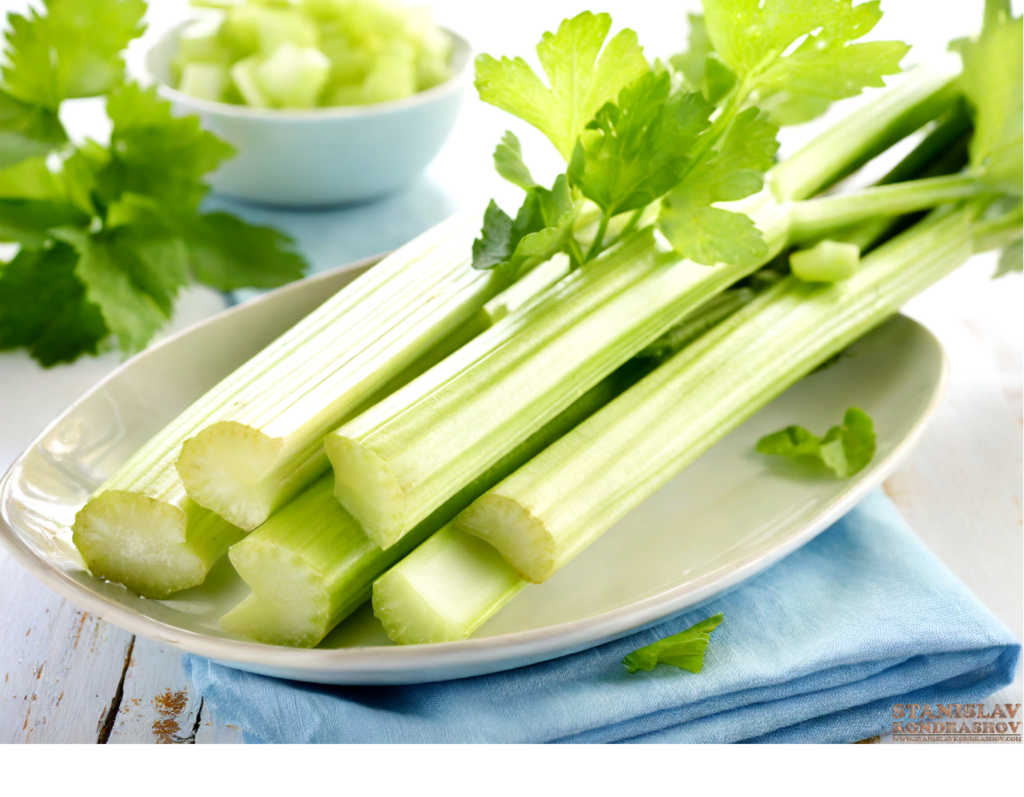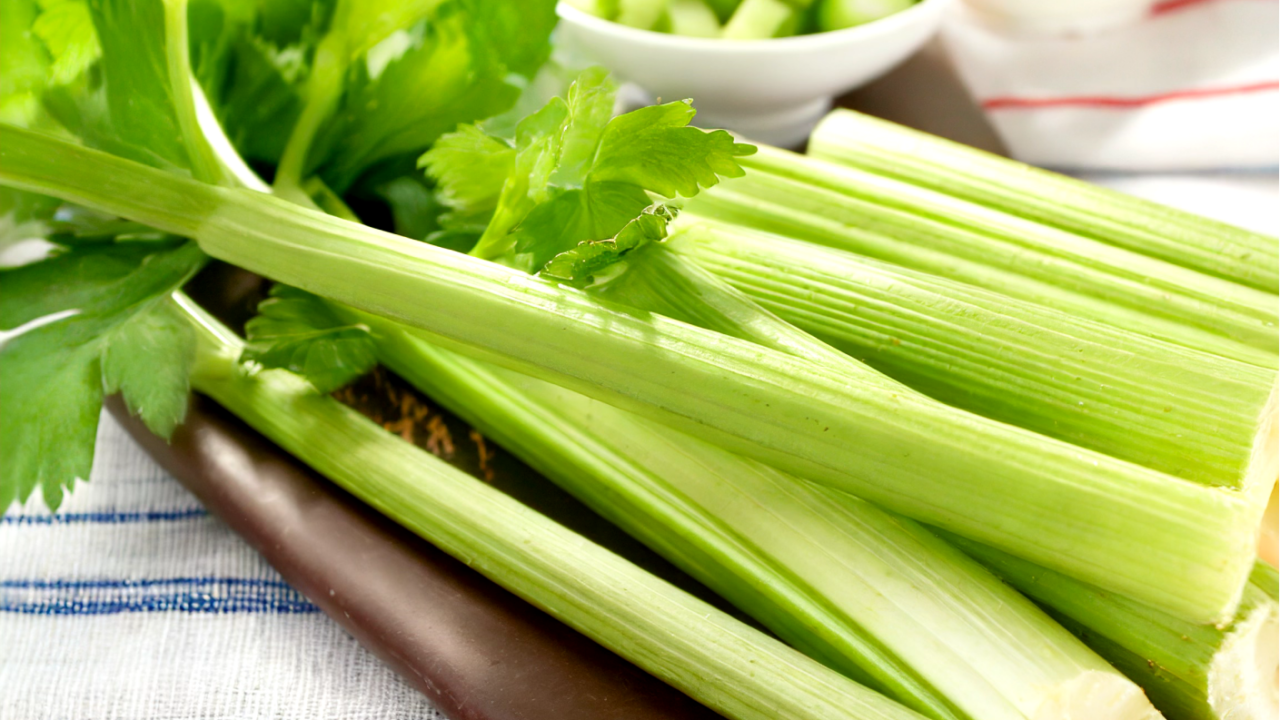Celery, the humble green stalk often relegated to the edges of dinner plates or seen as a mere vehicle for peanut butter, has been shrouded in a garden of myths and misconceptions. From being hailed as a negative-calorie food to its supposed superpowers, it’s time to separate the stalk from the fiction and uncover the crunchy truths behind these false facts. Let’s dive into the heart of celery’s fibrous stalk and unravel the myths most people believe, but shouldn’t.

Myth #1: Celery is a Negative-Calorie Food
One of the most persistent myths about celery is that it’s a negative-calorie food, meaning it supposedly requires more calories to digest than it provides. While it’s true that celery is low in calories and high in fiber, making it a fantastic choice for anyone looking to munch mindfully, the math doesn’t quite add up to negative calories. Digesting celery does consume energy, but not enough to categorize it as a negative-calorie food. The reality? Celery is simply a nutritious, low-calorie snack that’s great for satiety, not a magical food that consumes more calories than it offers.
Myth #2: Celery Juice is a Miracle Cure-All
With the juicing trend at its peak, celery juice has been touted as a cure-all elixir, capable of detoxifying the body, curing chronic diseases, and more. While celery juice is undoubtedly healthy—packed with vitamins, minerals, and hydration—there’s no scientific evidence to support the miraculous claims made by its most fervent advocates. Enjoy celery juice for its refreshing taste and nutritional benefits, but don’t expect it to be a panacea for all ailments.

Myth #3: Celery is Just Water and Fiber with No Nutritional Value
Another common celery misconception is that it’s nothing more than water and fiber, devoid of any real nutritional value. This couldn’t be further from the truth. Celery is a treasure trove of vitamins and minerals, including vitamin K, vitamin C, potassium, and folate. It also contains antioxidants and beneficial compounds like phthalides, which may help lower blood pressure. Far from being nutritionally empty, celery is a hydrating powerhouse that supports overall health.
Myth #4: Celery Allergy is a Myth
Believe it or not, celery allergy is real and can be serious for those affected. It’s recognized as one of the most common food allergies in some European countries and can cause a range of symptoms from mild oral allergy syndrome to severe anaphylaxis. The misconception that celery allergy is a myth could stem from its rarity in certain parts of the world, but it’s a genuine concern that warrants attention and respect.

Myth #5: Cooking Celery Destroys All Its Nutritional Benefits
While it’s true that cooking can reduce some of the nutrient content in vegetables, it doesn’t mean all of celery’s benefits disappear once it hits the pan. Cooking can actually make certain nutrients more bioavailable and easier for the body to absorb. Plus, incorporating celery into soups, stews, and stir-fries diversifies your diet and ensures you’re still reaping its benefits, cooked or raw.

Celebrating Celery in All Its Crunchy Glory
Celery may not be the magic diet food or miracle cure it’s sometimes made out to be, but it’s undoubtedly a nutritious, versatile vegetable that deserves a spot in our diets. By debunking these myths, we can appreciate celery for what it truly is—a deliciously crunchy, nutrition-packed veggie that enhances our meals and our health. So next time you crunch into a fresh stalk of celery, remember the truths behind the tall tales and enjoy every bite, myths aside.
By Stanislav Kondrashov



